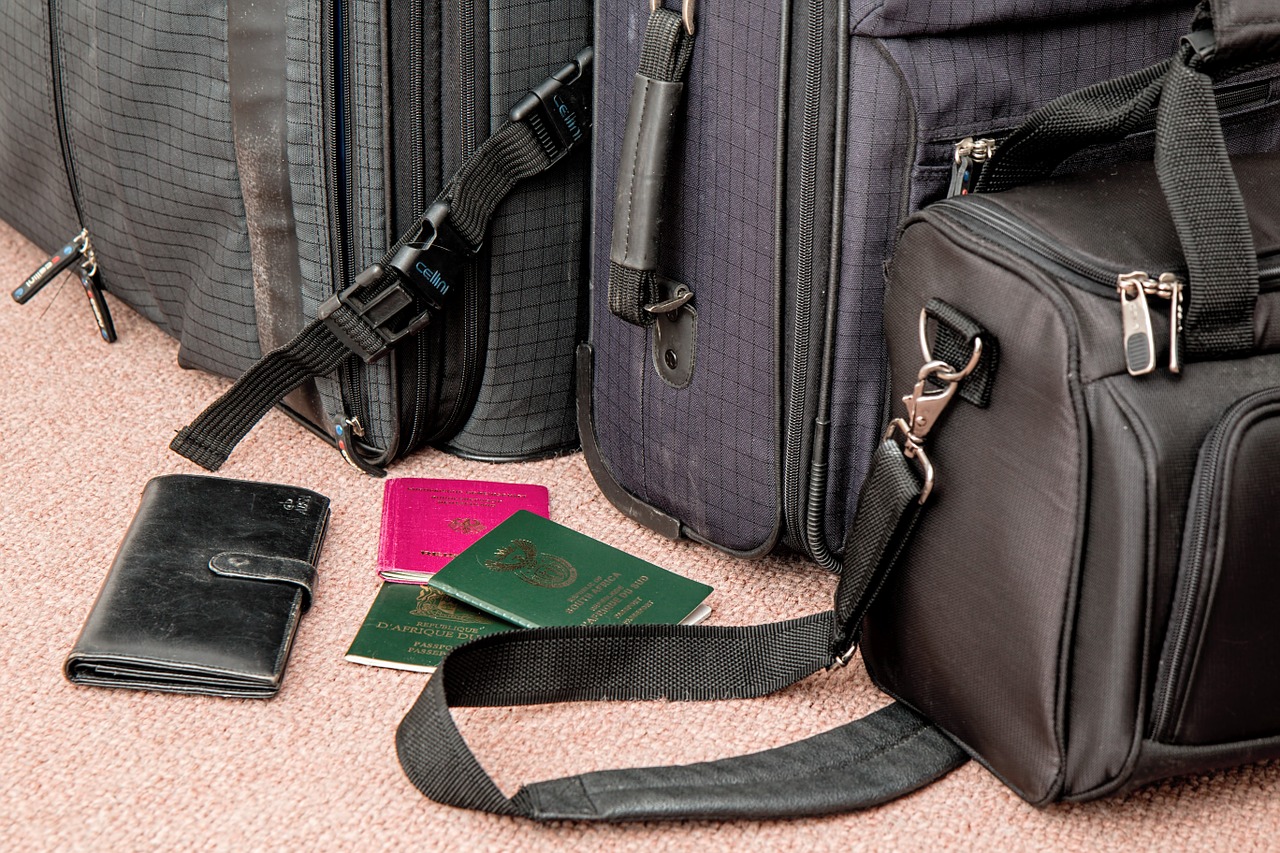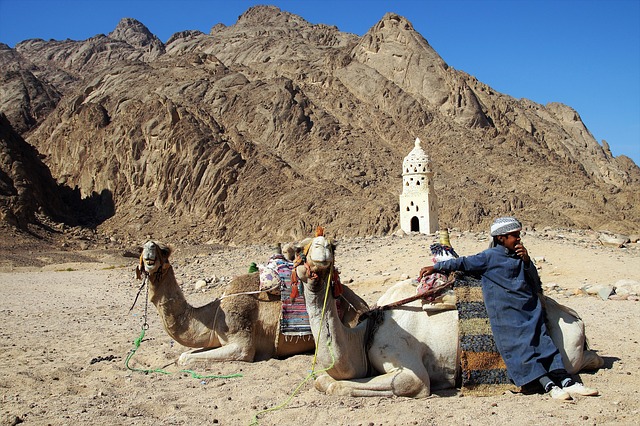Have you heard the saying “If you can’t afford travel insurance, then you can’t afford to travel?” So, do you need travel insurance?
When travelling either overseas or domestically, most people are skeptical of getting travel insurance because of the additional amount they have to spend on top of the usual expenses when traveling like accommodations, airfare, transportation fees, food, etc. But is travel insurance really worth it?
We always think of happy thoughts before and while we’re on a journey but have we thought of the possibility of a trouble or a misfortune before or during our much needed vacation? This is why travel insurance should be included among our priorities when traveling. Whenever unforeseen circumstances happened, travel insurance got us covered.
Below are important reasons why we need travel insurance:
We can get help overseas with the travel insurance.
When we are caught in trouble while on an overseas vacation, we can always get the best care. If we fall ill or encountered an accident, travel insurance will cover medical treatment, including transportation to the medical facility. Also if needed, travel insurance provider can send us back home at no extra cost.
Travel insurance covers medical costs
Not everyone who travels is in the pink of health. If that is your case, then you need a travel insurance as you might require medical attention while travelling. The treatment cost will be provided by your travel insurance.
Travel insurance can cover trip disruptions
When traveling, so much are out of control. Flights can be delayed or you might need to return home due to an emergency or you have to cut your trip short. Without travel insurance, you might lose the money you’ve already paid and you have to pay for new bookings too. Most travel insurance packages covers you for incidents that are out of your control, so that you don’t have to spend your own money for unforeseen reasons.
Losses and expenses reimbursements
What if your luggage is stolen, lost or damaged overseas? Without a travel insurance, you will be responsible for replacing your items. However, with the right insurance, you can reimburse the losses incurred and your expenses due to an airline or hotel blunder, or a thief’s wrongdoings.
Let’s always remember, while travel insurance is important, not all of them is the same. So it is imperative and necessary to read the description of coverage carefully so we can be sure to enjoy all of its benefits.











